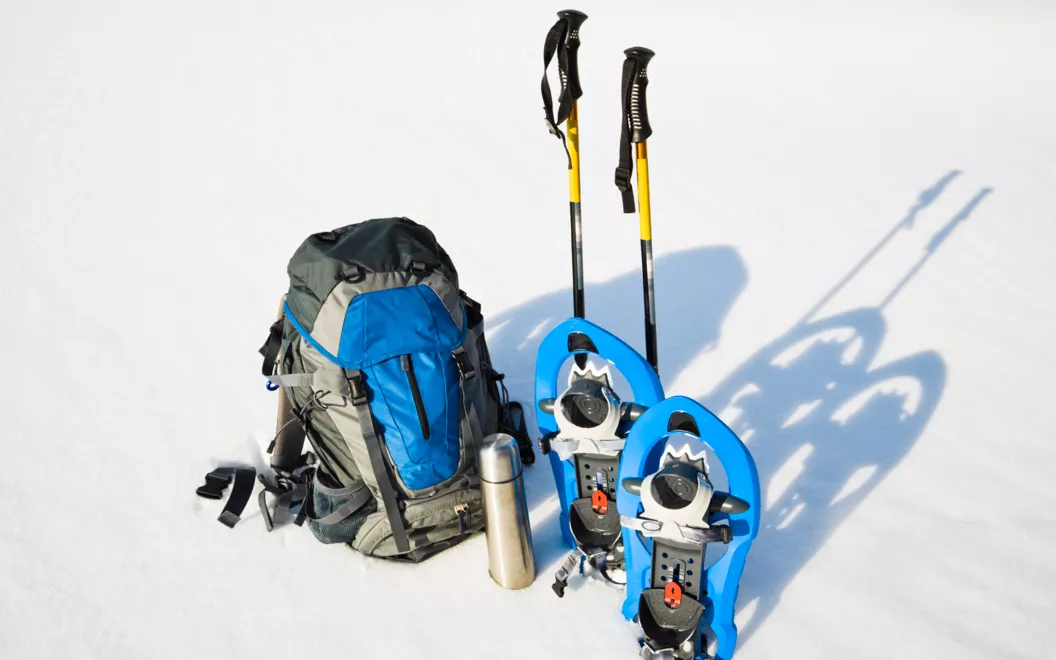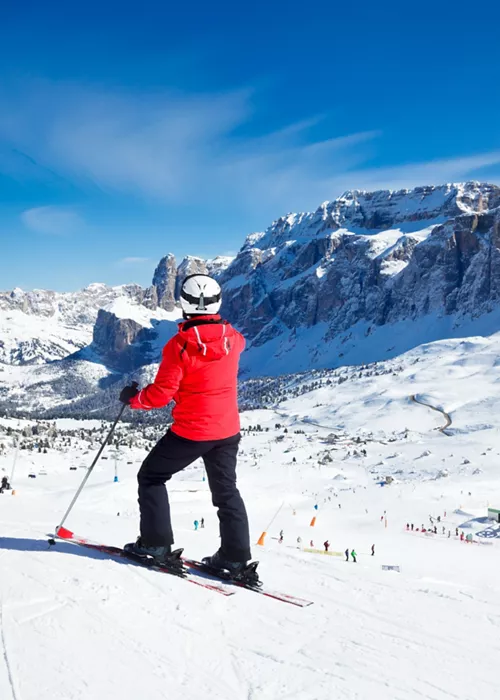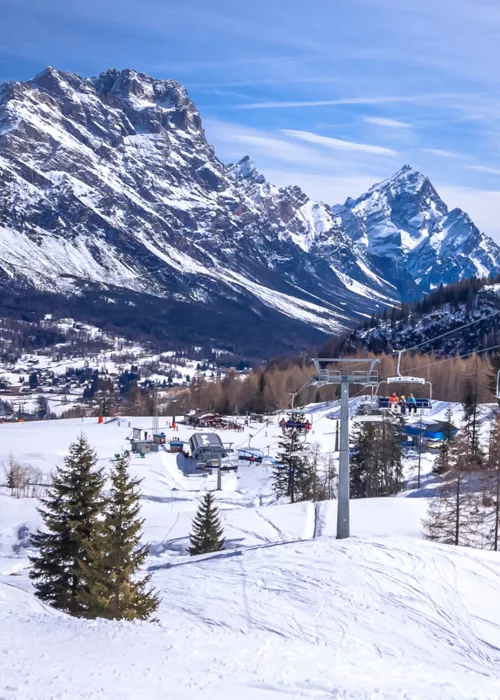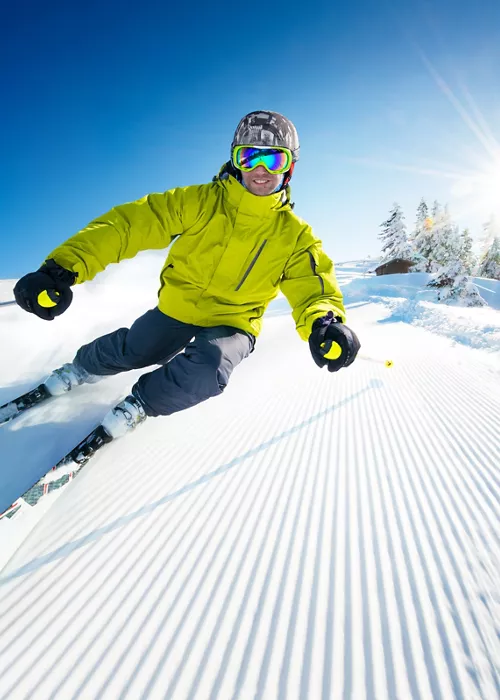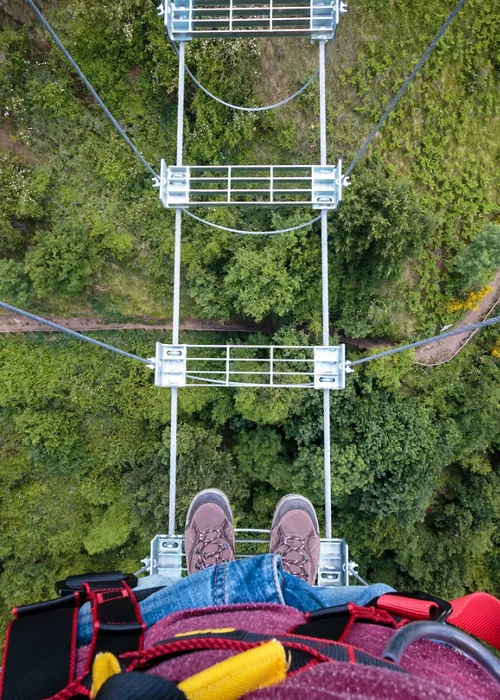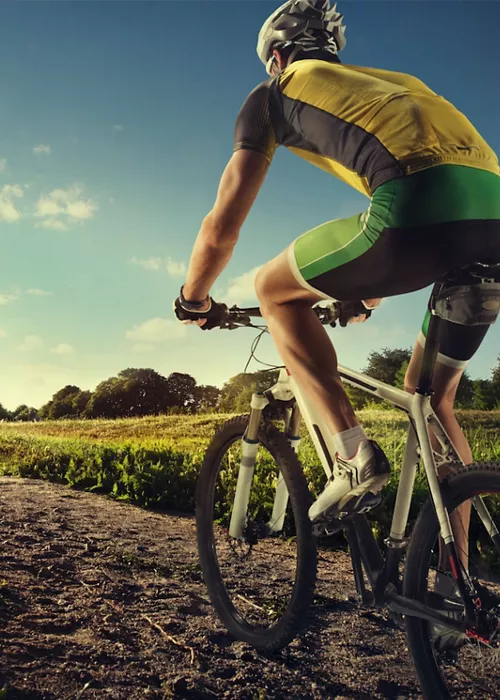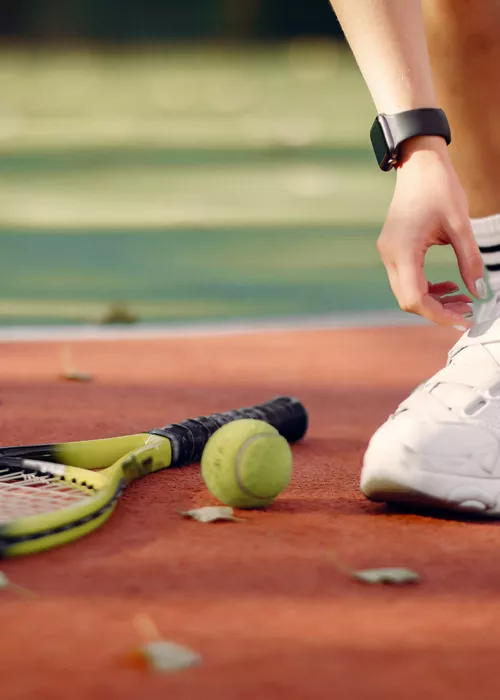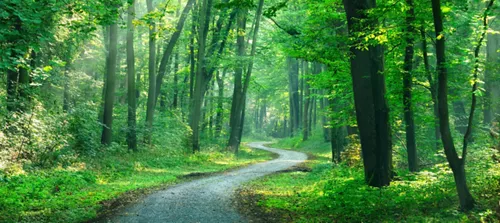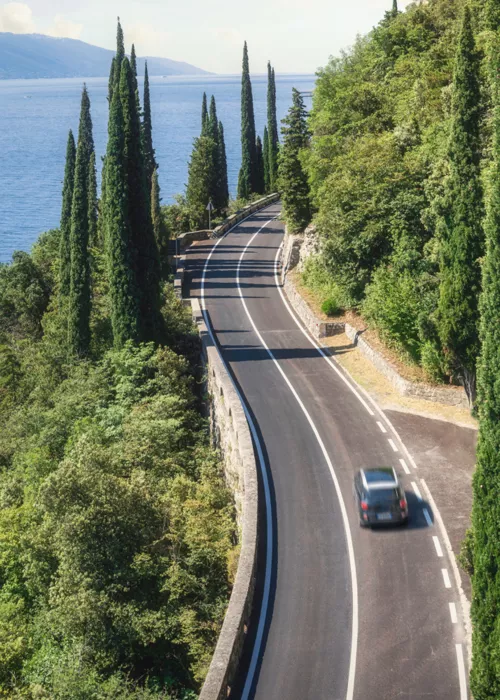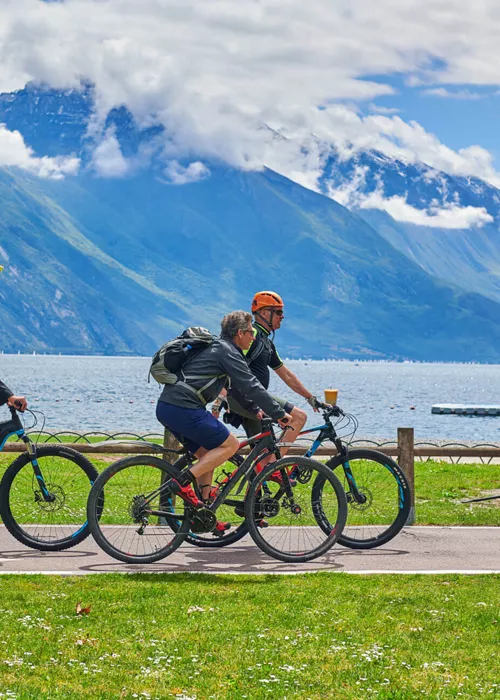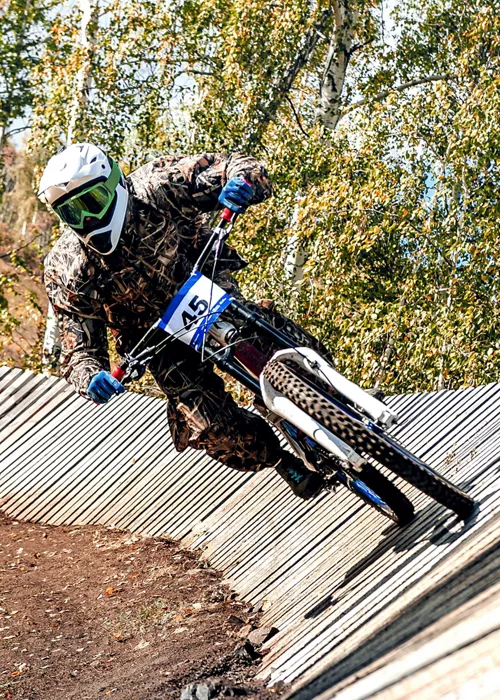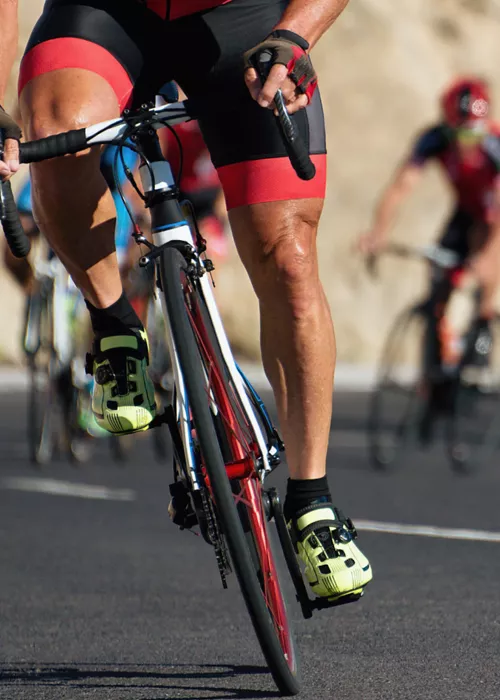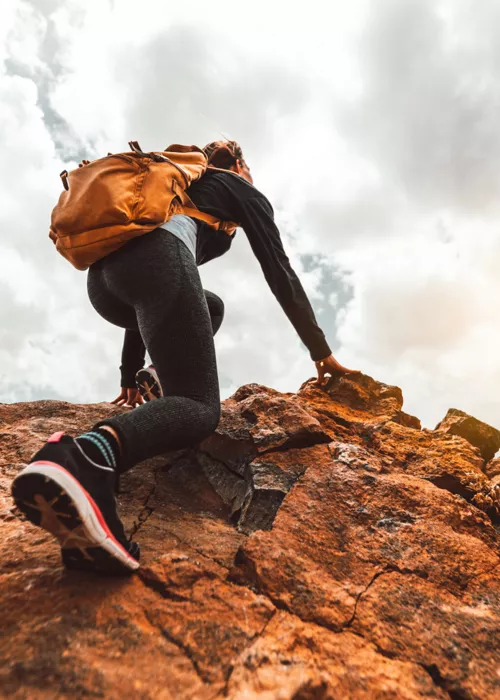What you need for snowshoeing: 5 useful tips
4 minutes
If you love holidays in the snow but skiing is not your thing, snowshoeing could be a turning point or, at least, a diversion to try during your next break in the amazing Italian mountains. Who knows, maybe this activity could become a real passion.
Here is a guide in which we explain what you need for snowshoeing and how to be prepared, both from a physical point of view and in terms of clothing and equipment.
How to dress for snowshoeing
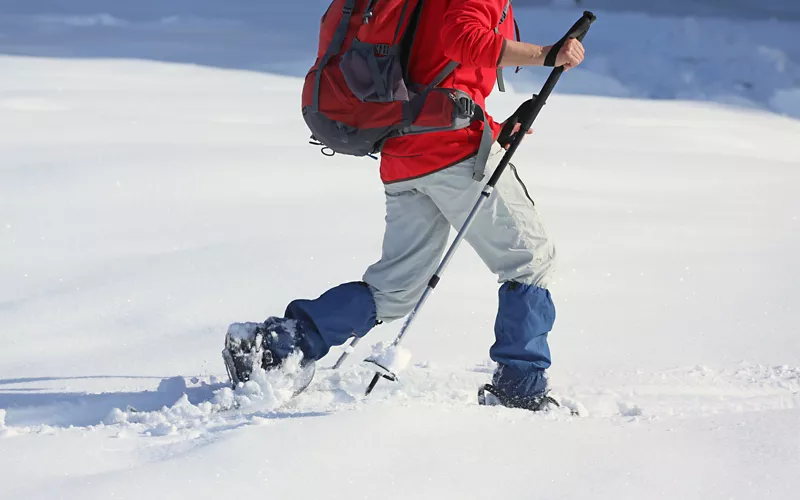
Snowshoeing requires a minimum of physical preparation: it is a true trek in the snow, except that instead of just boots you use snowshoes.
If you are used to walking or, in any case, to a degree of physical activity, you will have no problem; for the less energetic, we recommend a soft start, also considering the weight of the snowshoeing clothing and the snowshoes themselves, which inevitably make you feel more fatigued.
The jacket and trousers are the same as the ski or snowboard suit. The boots, on the other hand, must be equipped with a lug sole, so that they can be attached directly to the snowshoes.
After-ski boots are therefore out, even the most fashionable ones; instead, say yes to a solid boot that fits the foot well. A tip? Get a boot at least one size larger than your usual size, both because you will have to wear thick socks and because your feet need to move in the snow: this is the secret to not feeling the cold too much. Before putting on snowshoes, if you wish, you can also add waterproof gaiters, to avoid getting your feet wet - the worst thing in the mountains.
How to put on and use snowshoes
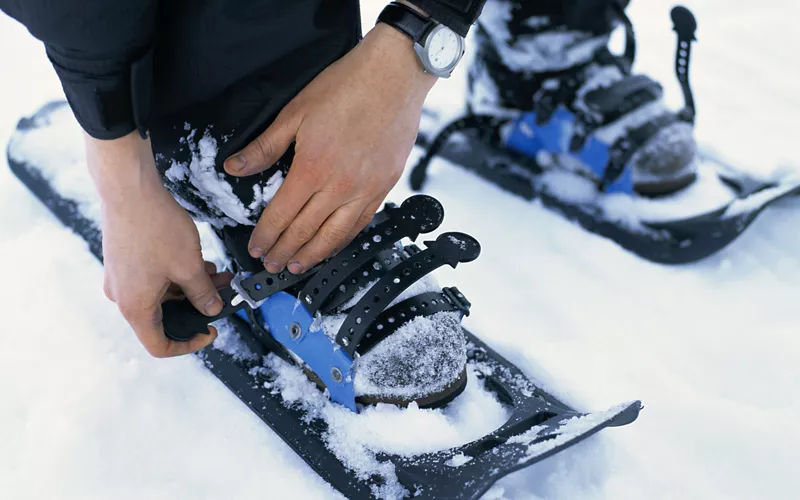
Boots and snowshoes can be either bought or rented at the ski resort where you are hiking. If it is your first time, you may have a guide, but if not, we will explain how to put on and use snowshoes.
Wearing snowshoes is easy: they are attached to your boots with adjustable straps. Insert the foot toe first and tighten the webbing, then place the heel on and adjust the fastening according to the length of the foot, and tie the back straps.
There are also models with a fixed back and adjustable front, but nothing changes in terms of fit or practicality.
Which snowshoe poles to use
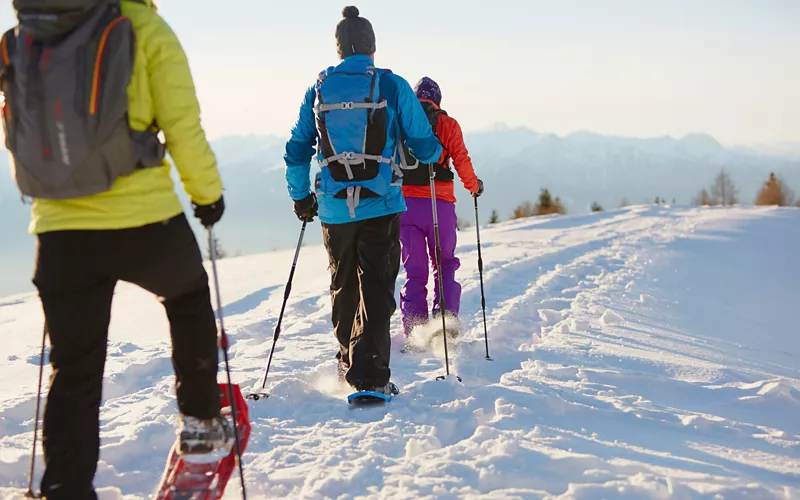
Some people use them and some don't, but snowshoe poles are very useful. They will help you to reduce the weight on your legs and gain more balance, especially when walking downhill, but they will also help you to engage your arm muscles in physical activity.
But which snowshoe poles should you use? There are different types on the market, to suit all tastes. Made of synthetic material, lightweight and durable, you will find both fixed and adjustable poles.
If you choose the former, you need to choose poles proportionate to your height, taking into account the extra centimetres given by boots and snowshoes. If, on the other hand, you choose the latter, they will be much more practical, also for storage when not in use.
The end of the pole should always be pointed, so that it can harpoon itself into the ground; choose poles equipped with a wheel, similar to that of ski poles: it is fixed a few centimetres from the end and prevents the pole from sinking in too far.
The perfect snowshoe backpack
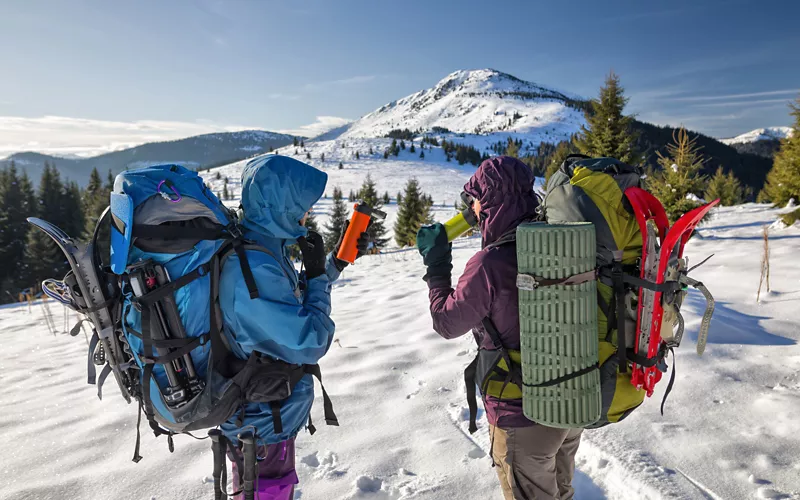
A walk in the snow is not a marathon. There will be times when you want to stop, to take a photo, take a break in a mountain hut or perhaps just admire the view. This is why it is essential to carry a backpack, which you can fill with small essentials, but which is also indispensable for storing your snowshoes.
But how do you strap snowshoes to your backpack? There are different schools of thought. There are those who simply strap them on to the outside, which is great for saving space inside and keeping the rest of the items dry. Others take advantage of any mesh pockets located outside the backpack. In this case, you will need to store the snowshoes vertically, one on top of the other. Before placing them in position, tie them together with an elastic band, matching up the serrated surfaces. Alternatively, you can also purchase a snowshoe bag, which is often included.
Whichever you choose, avoid setting off under too much load. Walking in the snow is tiring, and snowshoeing even more so: more importantly than ever, enough is more than enough.
Snowshoes and crampons: the differences
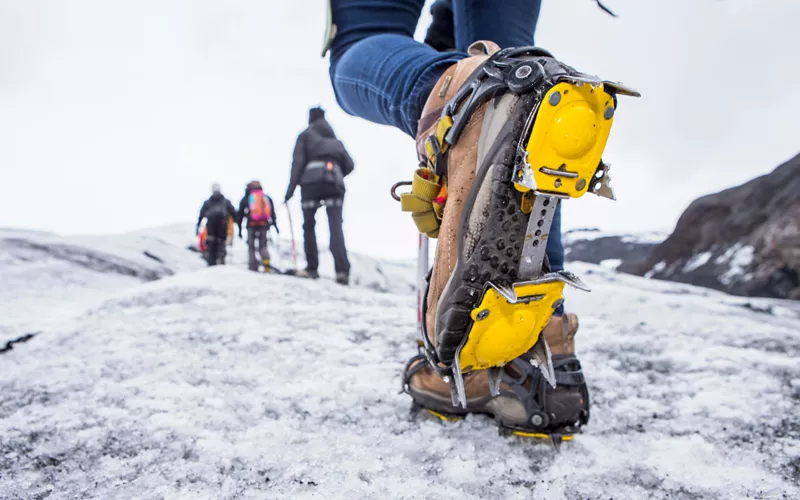
The inexperienced may have this question: are snowshoes or crampons better? They are actually two completely different things that do not serve the same purpose.
Snowshoes are used on fresh snow and on terrain with only slight inclines because they allow you to walk without sinking into the snow.
Crampons, on the other hand, are hooked onto the boots to prevent slipping. They are part, for example, of mountaineers' equipment, essential for creating grip on ice, as well as on hard and very compact snow. Ideally, you should have both in your backpack, to be well prepared for any type of terrain.
Needless to say, before setting off, find out everything you need to know about the route and don't leave out any details. Safety always comes first. Have fun in the snow!

